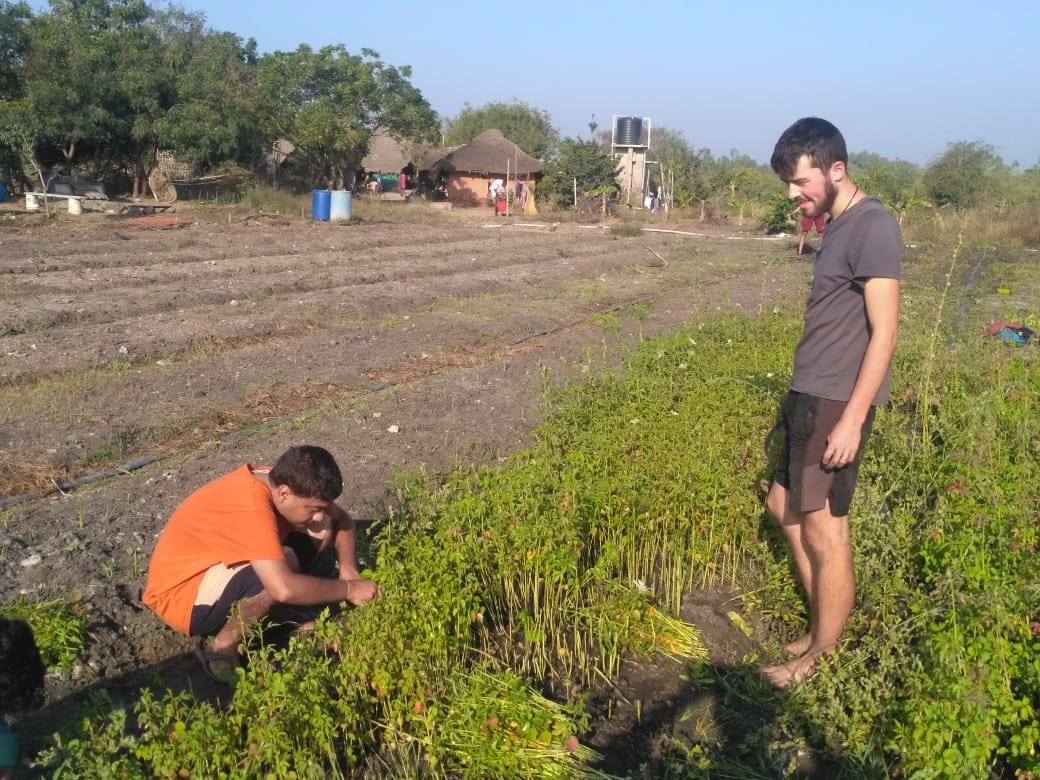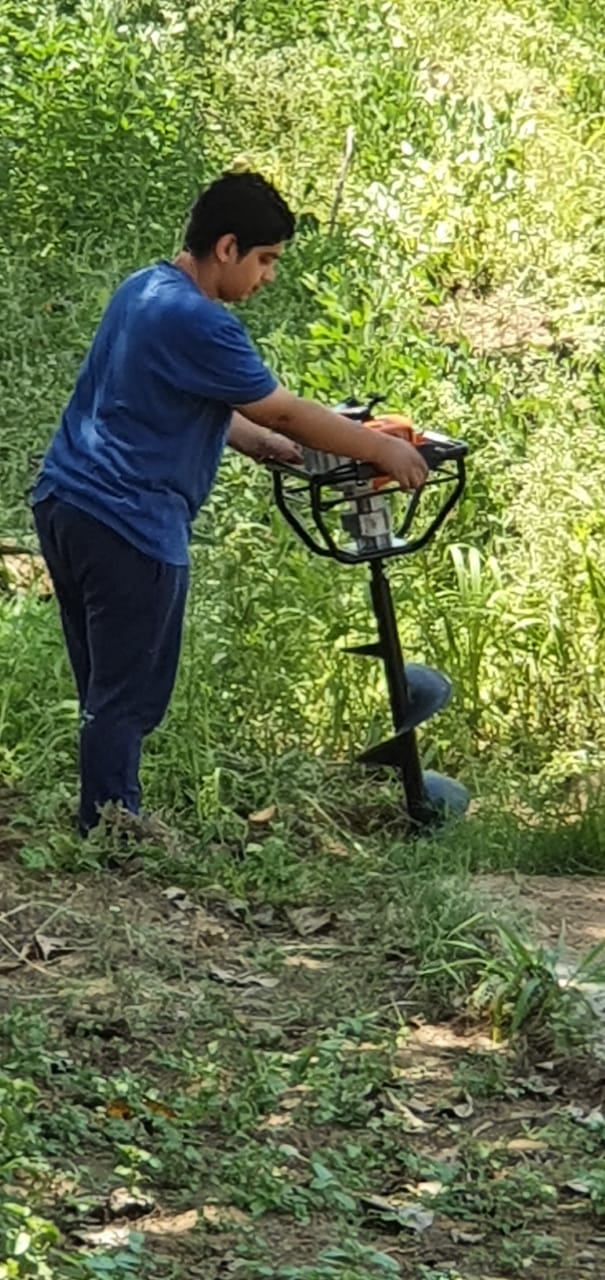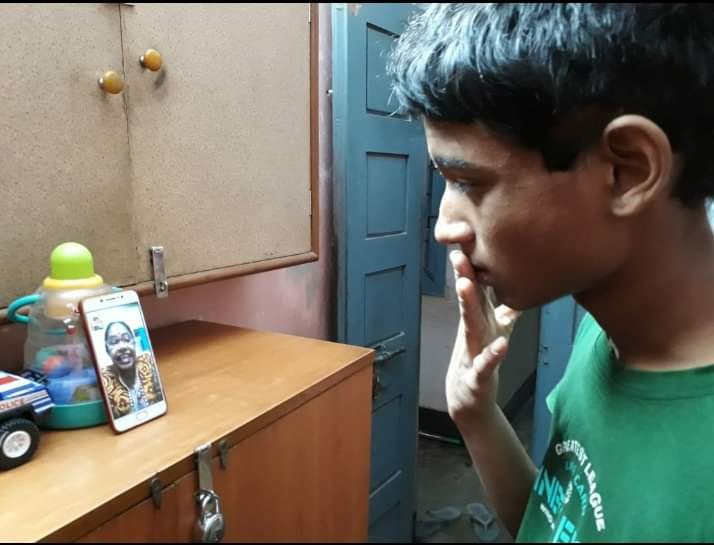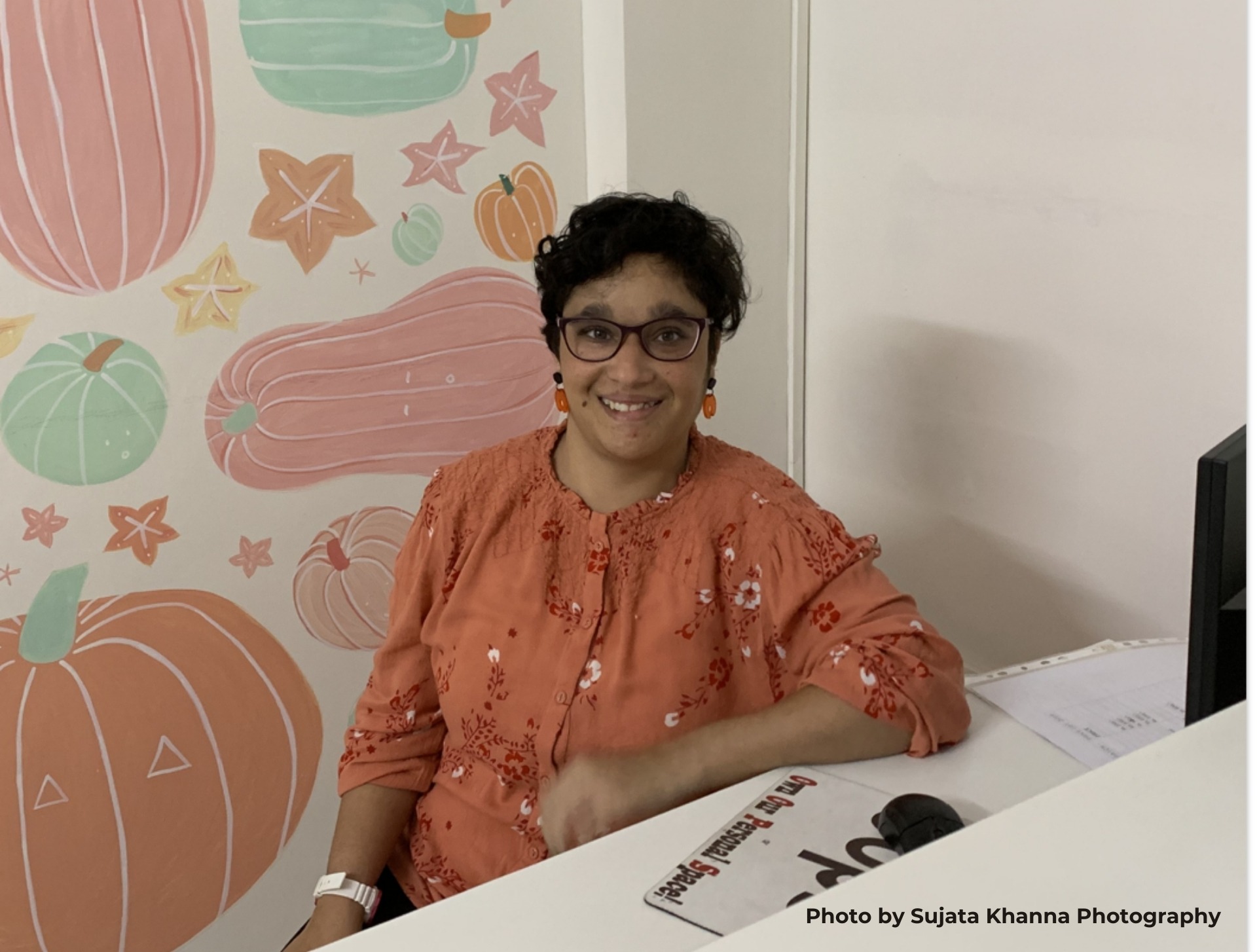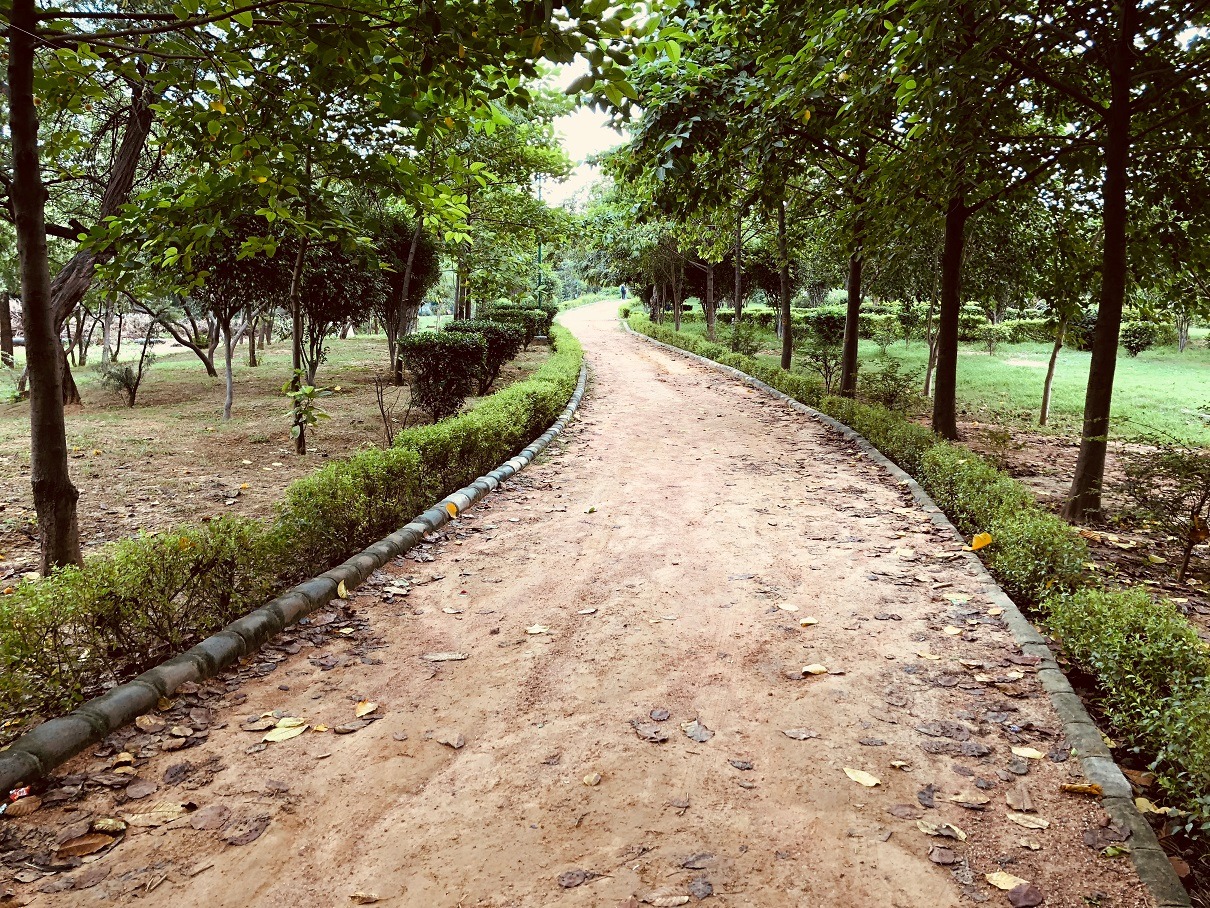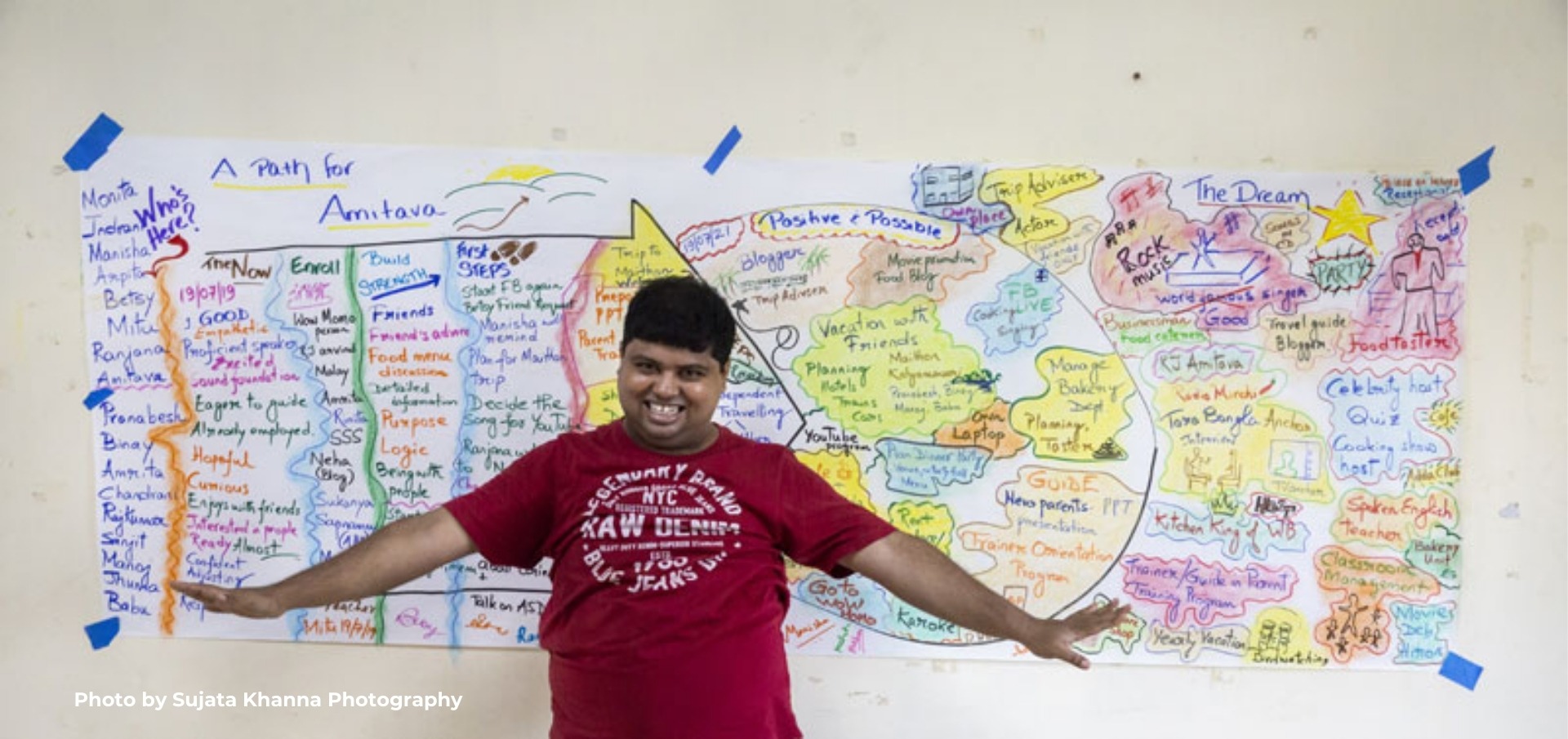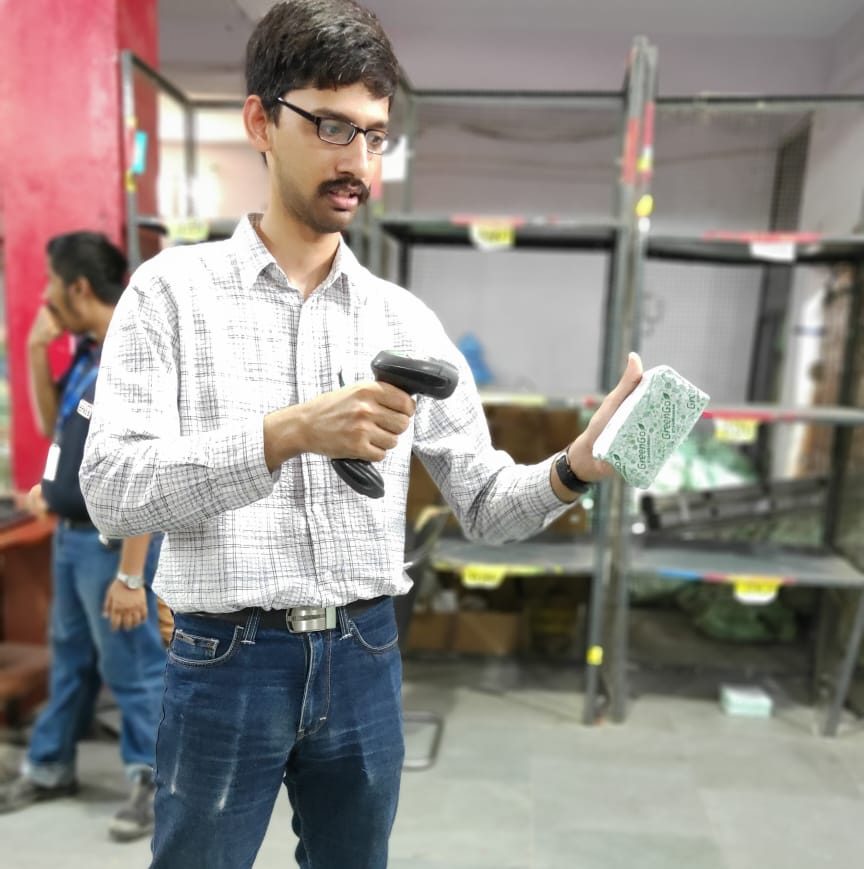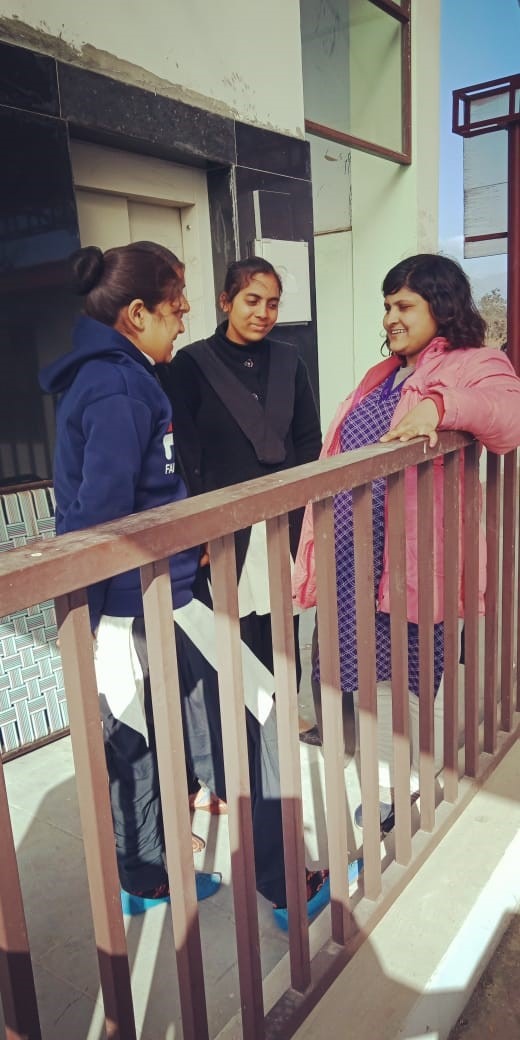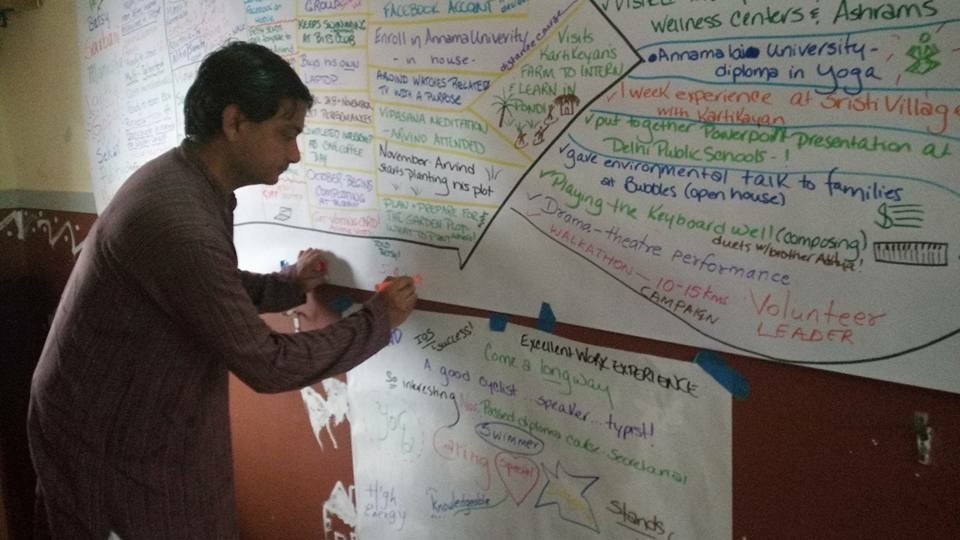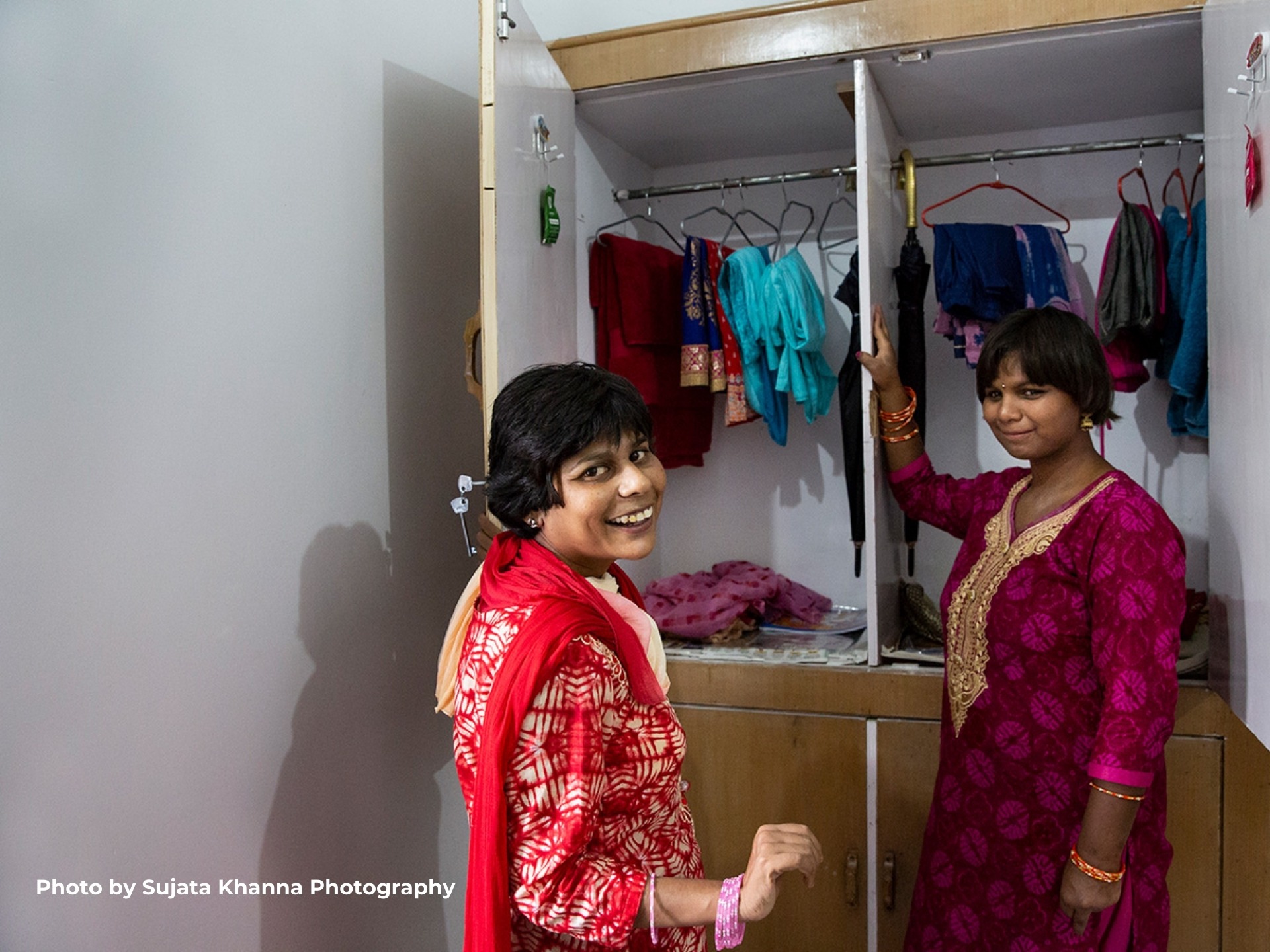Mr. Arvind Sekar is the sort of person who reveals himself only over time. About a year ago, his circle of support – a group of people who care about Arvind and his future, spent some time helping him to think about what the future might hold for him. After holding down a number of short-term jobs, Arvind was back in a job-readiness program, where he has spent a good part of his life. Making items for sale did not seem to interest him, the hospitality industry was not a fit, and an internship at Café Coffee Day seemed to engender little excitement.
When the discussion turned to caring for the land, Arvind’s entire face lit up and he began speaking with such animation about caring for the earth, about farming practices which make careful use of water and soil, and about preserving elements of the soil and caring for plants. The circle came alive with ideas for roles Arvind might fill in environmental advocacy, positive farming techniques, protection of the earth, and working for a good cause.

